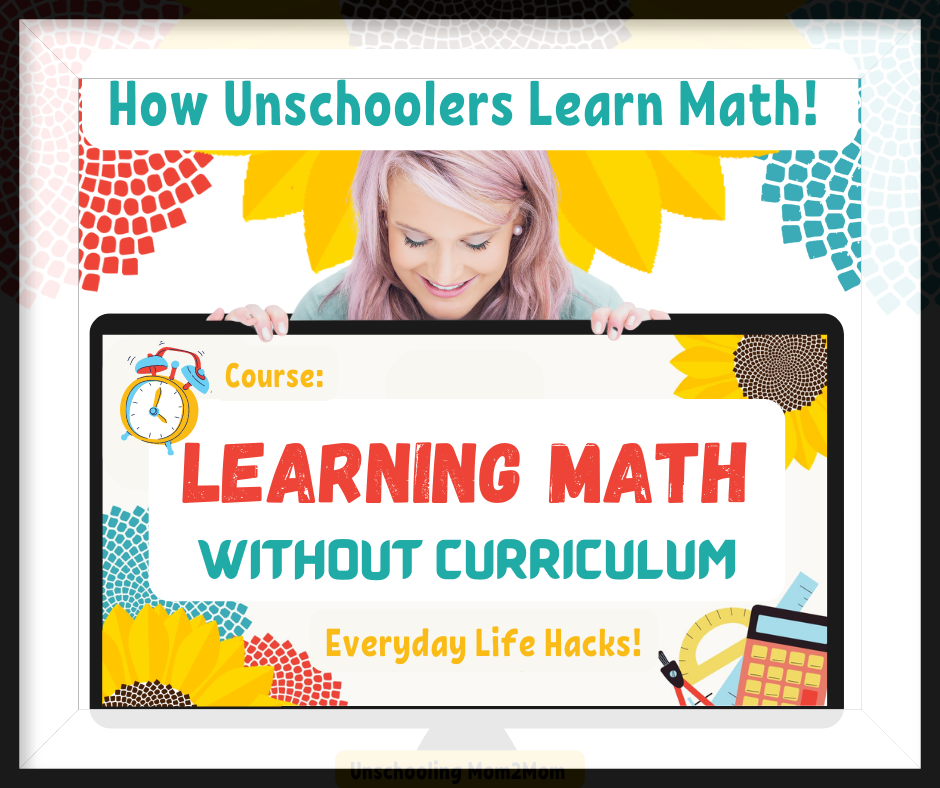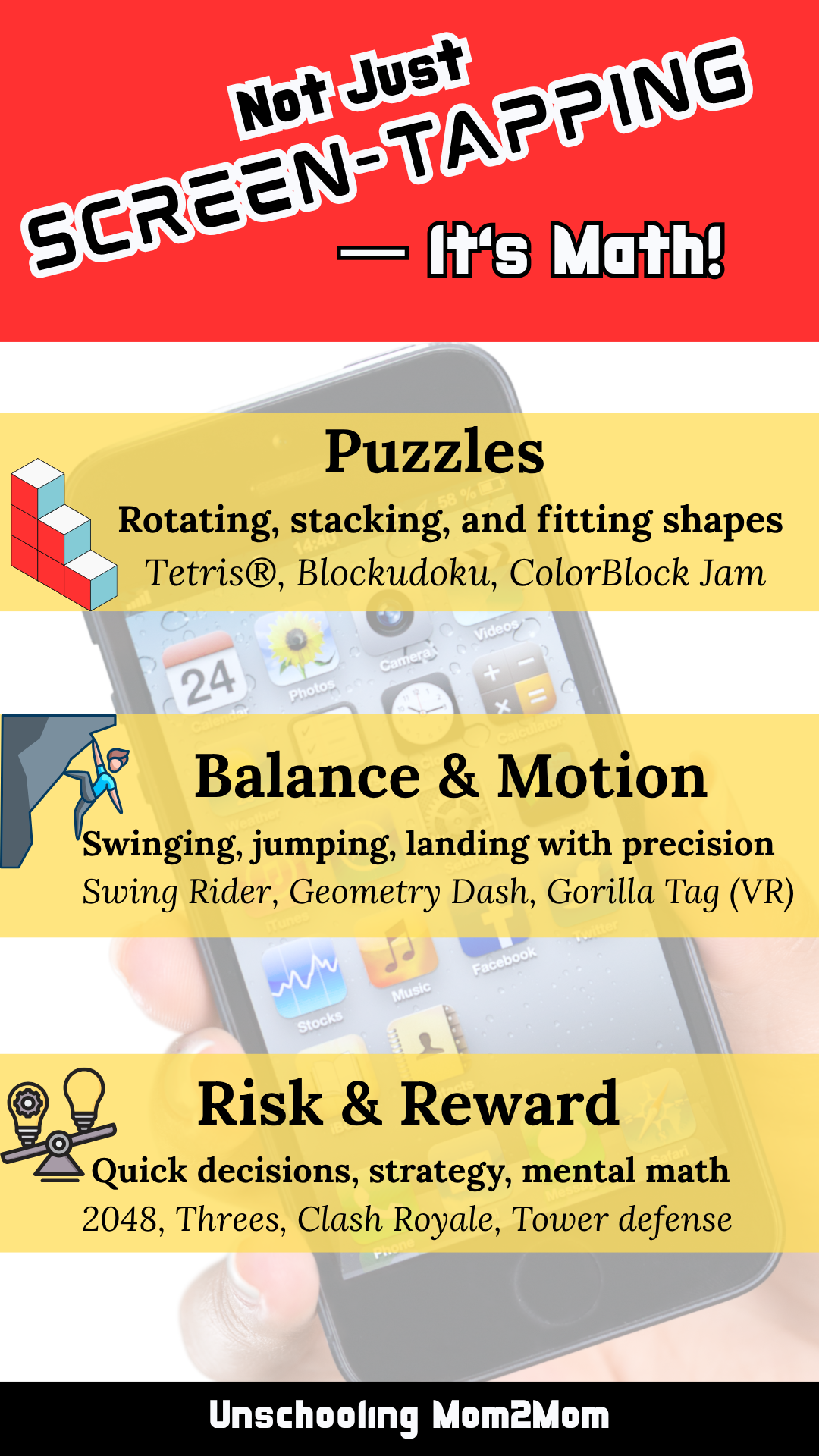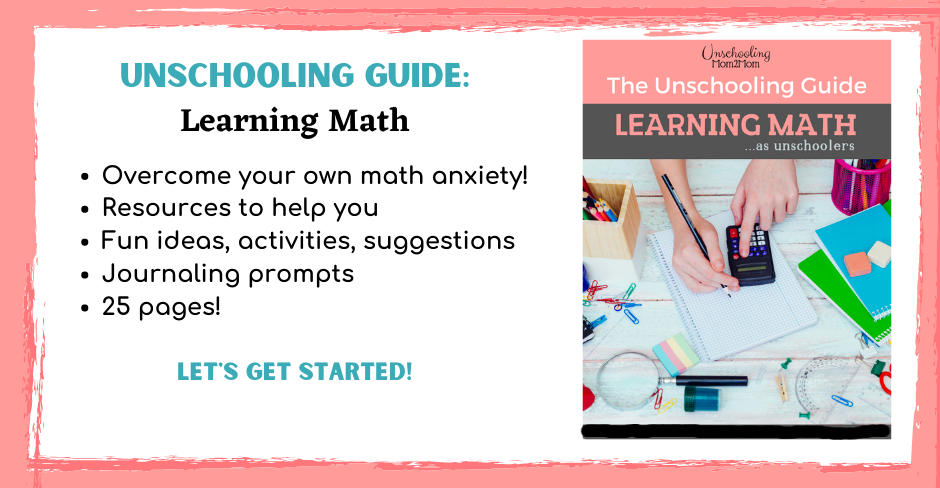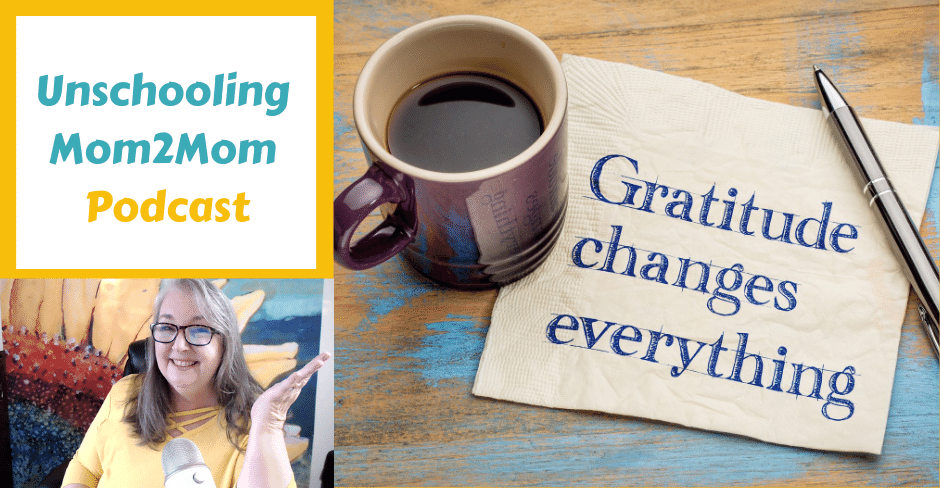Day In the Life: How Unschoolers Learn Math
Unschoolers "Do Math" Without Even Trying!
You might think math only happens in a workbook or classroom, but for unschoolers, it unfolds naturally throughout the day. When kids follow their curiosity and live engaged lives, math is simply part of the landscape—not something set apart.
In school, subjects are separated and labeled so the system can track progress and standardize outcomes. But that’s a structure designed to keep institutions running smoothly—not necessarily to support how real learning happens.
In real life, math doesn’t live in a separate box. It shows up in decisions, projects, conversations, and play.
When parents begin to shift their mindset—to look for the learning instead of trying to impose it—they start to see it’s already there. Math is in the timing, the measuring, the problem-solving, the pattern-spotting. It’s in their kids' real lives, even if there’s not a workbook in sight.

Hour-by-Hour: Unschooler Mathing...
Let’s follow one unschooling teen through a typical day and spot the hidden math as it naturally appears.
8:00 AM – Waking Up & Planning the Morning
- Notices the time on the clock and knows hitting snooze adds 9 more minutes.
- Mentally calculates how much time they have to get ready before leaving.
- Estimates how long breakfast will take to cook so they can eat and still make it to the skate park before the heat.
- Scoops the dog food, using the measuring cup so the proportion is correct for the dog dish.
9:00 AM – Heading to the Skate Park
- Checks the weather app to see when the temperature will peak.
- Estimates how much time they'll have to skate comfortably before it gets too hot.
- Coordinates meet-up time with a friend, figuring in drive time and traffic.
10:00 AM – Math at the Skate Park
- Estimates distances for tricks and runway lengths.
- Times attempts at routines and tracks progress.
- Calculates ramp angles and speed needed for jumps.
- Looks at the grid on the water bottle to see if it needs to be refilled.
- Discusses how shade affects temperature and energy.
11:00 AM – Back Home for Minecraft
- Calculates how many resource blocks are needed to build a house.
- Estimates crop growth time within the game’s environment.
- Converts raw materials (like iron or wood) into usable items using ratios.
12:00 PM – Lunchtime Math
- Halves a sandwich and measures portions of rice or soup.
- Compares serving sizes and nutritional info on labels.
- Divides leftovers for snacks or meals later in the week.
- Find containers that fit amount of food leftover.
1:00 PM – Guerilla Tag (VR)
- Tracks movement and agility scores over time.
- Estimates leap distances and success rates.
- Syncs fitness app to review calories burned and energy used.

2:00 PM – Quick trip to the store
- Estimates the size cart they'll need
- Notices price variations based on quantity purchased - makes price comparisons
- Counts the number of snacks in a box to estimate if it will last the rest of the week.
- Speeds up walking to get into the short checkout line.
- Calculates which lane will be best - who has more in their carts, which checker is training someone, who has coupons.
- Bags groceries by size, weight, temperature.
3:00 PM – Swim & Social Time
- Times how long they can hold their breath underwater.
- Divides toys and games evenly with friends.
- Estimates how much time is left before heading home.
4:00 PM – Managing Money & Tech
- Counts allowance to see if they can afford a new digital item.
- Compares prices on apps and calculates sales tax.
- Converts remaining gift card balances into real-world purchasing power.
5:00 PM – Playing Soccer at the Park
- Tracks goals scored and compares with past games.
- Divides into fair teams and rotates players.
- Estimates how long before sunset and when to head home.
6:00 PM – Helping with Dinner
- Adjusts recipe quantities to match the number of people eating.
- Measures ingredients and calculates serving sizes.
- Estimates how long the meal will take to cook.
- Notices how many chairs are needed at the table.
7:00 PM – Family Time
- Watches a cooking show and converts metric measurements.
- Reviews screen time usage via a device tracker.
- Preps snacks for later gaming sessions, dividing portions evenly.
- Plays a board game with dice, spaces, strategies.
- Plays MarioKart with estimates, scoring, ranks, speed, distance, time.
8:00 PM – Dog Walk
- Notices the speed of the dog's tail wagging - they're ready to go!
- Estimates how far they’ll go and how long it will take.
- Tells friends online when to meet them for evening gaming.
- Tracks steps using a phone app.
- Notices treats are low, halves one to get the dog when they get back.
9:00 PM – Games on Phone or Tablet
- Puzzles: Rotating/stacking shapes using spatial reasoning on a timer. Estimating geometric angles and alignment for efficient fits.
- Balance & Motion Games: adjusting angles and momentum to land safe jumps, timing swings precisely to stay on course, estimating speed and distance to avoid falling.
- Risk & Reward Strategy Games: Weighing probabilities before making in-game choices, using mental math to make fast decisions under pressure, tracking high scores and adjusts strategy based on results.
10:00 PM – Roblox Time
- Calculates how much in-game currency is needed to buy accessories.
- Estimates how long a game level will take to finish.
- Tracks progress and performance in an obstacle course game.
11:00 PM – Winding Down
- Looks at the clock and plans how much sleep they'll get before morning.
- Calculates how many hours remain until their next commitment.
- Reviews phone battery usage and percent remaining.
- Takes the stairs two-at-a-time on their way to bed.
Math Is Everywhere When You’re Paying Attention
For unschoolers, math doesn’t have to be a chore or a worksheet. It lives in the rhythm of real life—embedded in the choices, projects, and interests of the day. When parents begin to see this, they start to trust that even without a traditional curriculum, their kids are absorbing and applying mathematical thinking all the time.
Want to track the real-life math happening in your home?
Try journaling it for a few days—go on a Math scavenger hunt —you might be surprised by how often it appears!
Or grab this Unschooling Guide to help you:













